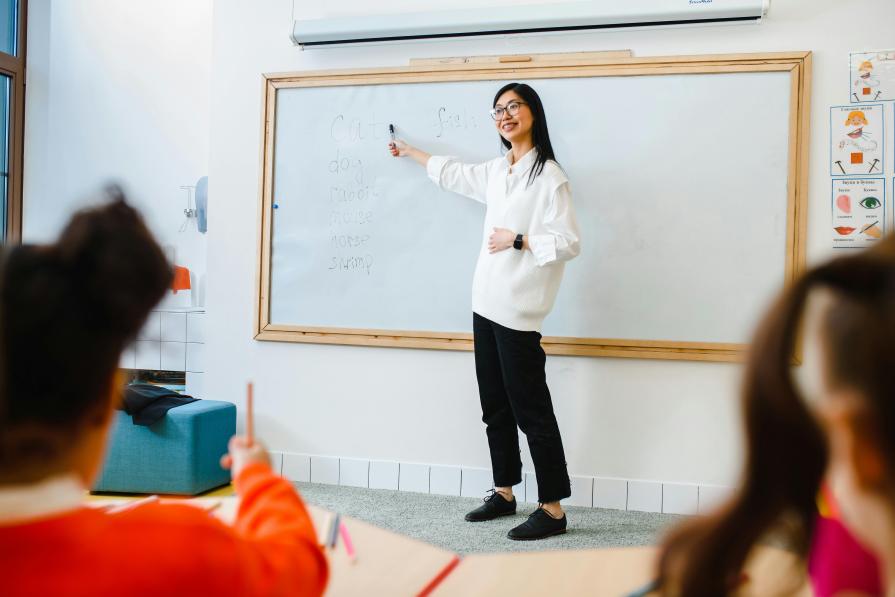With the advancement of technology and the advent of many modern devices – mobile phones, tablets and game consoles, for example – certain problems have arisen in society: children have begun to use the capabilities of their minds less, because they no longer need to strain their brains to receive information. This has led to a deterioration in learning abilities among young people, who are increasingly faced with problems with memory and the organization of their time.
Japan has faced this problem to the fullest. In the country, there is a decrease in the academic performance of students at the international level: children from the Land of the Rising Sun have stopped winning prizes at Olympiads, have difficulties with memorizing information and independently organizing their educational process. In response, the National Institute of Children's Health in Japan has begun to look for solutions by experimenting with different forms of education, including distance education and the abandonment of traditional textbooks.
Introduction of calligraphy
Of all the techniques tested, the most effective was an unexpected approach: learning calligraphy! Practicing writing by hand not only helps to improve the ability to concentrate and plan your time independently, but also increases perseverance and the desire to achieve goals. Japan has decided to include the study of calligraphy in the compulsory curriculum in all schools in the country, thus seeking to counter the negative trends caused by technological progress.

Interestingly, in the Soviet Union, the teaching of beautiful handwriting was introduced as a mandatory part of the curriculum, which confirms the effectiveness of this approach.












